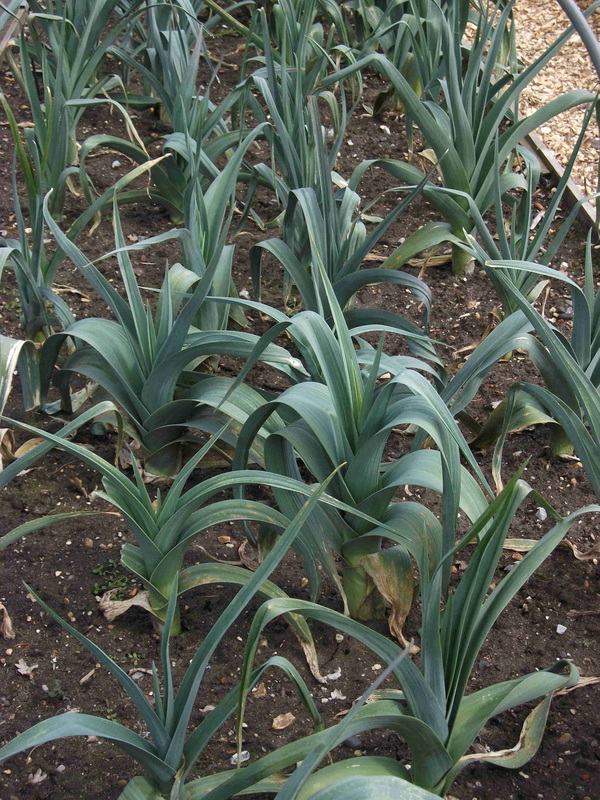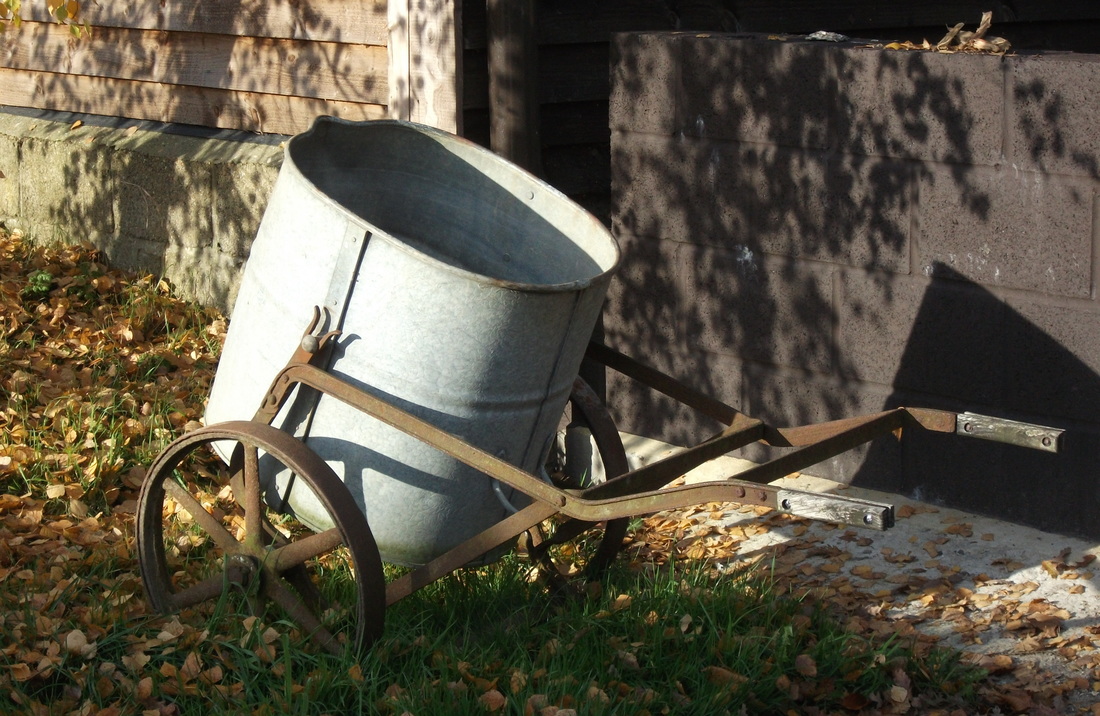Save labour, save waste, save trouble . . .
The summers of both 2013 and 2014 were unusually wet, and if you've only recently got your allotment you may not realise how hard a typical dry Kentish summer can be. Droughts are more common than floods, and a drought can mean no rain at all for over 2 months. In such circumstances even the most water-conscious gardener will need to get out the hose - or the watering can, as hosepipe bans are not that uncommon.
However watering everything isn't actually good gardening, so you can save yourself a lot of hard work by following our experts' tips.
Avoid watering unnecessarily:
Avoid watering unnecessarily:
- Only water plants which need it. Carrots don't need water, and onions need it only when they are young; later it will cause rotting. Courgettes, on the other hand, are very thirsty plants, as are runner beans.
- Don't assume that because the surface looks dry, watering is needed. Take a spade and dig a couple of inches down. If the soil there is moist, there will be no need to water most things.
- Watch the weather forecast. Nothing is more galling - and wasteful - than to spend the evening watering only for a summer storm to soak everything overnight.
|
Make the best use of the water you do put on:
|
Leeks should be watered in the morning so the foliage dries off. Avoid wetting the foliage to help keep rust problems down.
|
Collect rainwater whenever possible.
While Kent is a dry area with as little as 26ins of rain some years, it makes sense to collect what you can. Not only can you cut down on the amount of drinking water which is used, rainwater is better for many plants.
Any water butt you fit should have a lid. This will help cut down on mosquitos and will save the danger of wildlife or pets drowning. It will keep out falling leaves and help keep the water sweet and clean.
As well as fitting guttering to sheds, you can collect rainwater from polytunnels.
A plotholder has sent me the link to this video. It shows how to use cheap tile support edging to create a cheap, easy and effective rain-water guttering on polytunnels. This is at a fraction of the price of proprietory products sold for the purpose. You will have to be patient with the video but when he gets there it's worth waiting for.
Tile-edge rainwater guttering for polytunnels
While Kent is a dry area with as little as 26ins of rain some years, it makes sense to collect what you can. Not only can you cut down on the amount of drinking water which is used, rainwater is better for many plants.
Any water butt you fit should have a lid. This will help cut down on mosquitos and will save the danger of wildlife or pets drowning. It will keep out falling leaves and help keep the water sweet and clean.
As well as fitting guttering to sheds, you can collect rainwater from polytunnels.
A plotholder has sent me the link to this video. It shows how to use cheap tile support edging to create a cheap, easy and effective rain-water guttering on polytunnels. This is at a fraction of the price of proprietory products sold for the purpose. You will have to be patient with the video but when he gets there it's worth waiting for.
Tile-edge rainwater guttering for polytunnels
Learn clever tricks:
- When sowing seed, water the drill before the seed goes in. Don't water on the surface - that can cause a caked layer which baby leaves find hard to break through.
- Prepare a trench for thirsty plants like courgettes or runner beans. Bury a layer of home-made compost about 6ins (15cm) down where it will hold water like a sponge. See 'How to improve your soil'
- Use water-retaining-gel crystals (the kind that are sold for hanging baskets) when preparing the soil for seeds or plants. While there is an obvious benefit in using them for soft fruit bushes, you may be surprised to learn how useful they are for other crops like lettuce. Controlled experiments show they extend the time between waterings by 5 - 7 times - that's watering once or twice a week instead of every day. Although the initila expense may be off-putting, the crystals stay in the soil making your plot more water-retentive for season after season.
- Make sure squash, courgettes and runner beans get water right where they need it by sinking an old flower pot next to the stem at planting time, or down the middle of your row of beans. You can then pour water into these and none will be lost by evaporation. This will also encourage deep-rooting, which surface watering discourages.
- Use mulches where you can. Mulches are suitable for permanent plants like fruit bushes, and long-term crops like runner beans. Make sure the soil is thoroughly wet before mulching, and add a high-nitrate fertiliser to the soil surface, as mulches tned to strip the soil of nitrates as they are broken down by soil bacteria. Grass clippings make a good mulch (but not if you've recently used a "feed and weed" lawn dressing). Bark is not a good mulch for allotments. Home-made compost is good but you will need to promptly hoe out any weeds that germinate.
Avoid problems caused by ill-advised use of water!
- Over-watering can kill plants (peppers are particularly vulnerable). Fungal diseases thrive in waterlogged soil.
- Splashing foliage with water also encourages fungal disease. You can use a 'foliar feed' with seaweed extract which helps keep plants healthy (Seaweed Extract is available from the Trading Store) But in general, keep water off foliage. Don't spray plants with a hose. and don't use a sprinkler on your watering can except for very small seedlings.
- Careless watering destroys soil structure, especially on clay soils where a pale smooth 'pan' easily forms. Water evaporates quickly from this surface and much of your water is wasted. On free-draining soil, too much water robs the soil of nutrients.
Help your soil to conserve moisture!
- Use a hoe all through summer to fluff up the soil surface. This helps keep water round the roots where it is needed. It also keeps weeds right down!
- Add as much organic matter as you can, it will hold water like a sponge. Home-made compost, spent compost from hanging baskets, manure, mushroom compost - use whatever you can get.
- Winter-dig clay soil to break it up. Clay is good at holding onto water but not when it is compacted and has all the air squashed out of it!.
|
Water costs money!
Last, but not least, remember all the water supplied to the allotments is mains water, metered and paid for. The cost of supplying water is the single largest cost to the local authority in running the allotments. Wasting water isn't just immoral, stupid and bad for the planet, it contributes to the size of your allotment rent! As water costs rise, the council is forced to look again at the way it charges for allotments. So fit a water-butt to that shed and help keep unnecessary costs down. |
The vintage way of getting water round the garden! Love one of these . . .
|
For more about avoiding using mains water (ie purified drinking water!!!) on your garden, check out this page at the Centre for Alternative Technology



